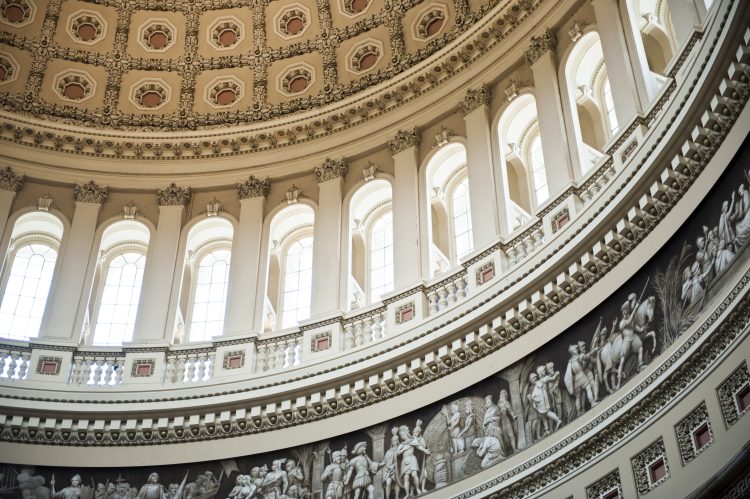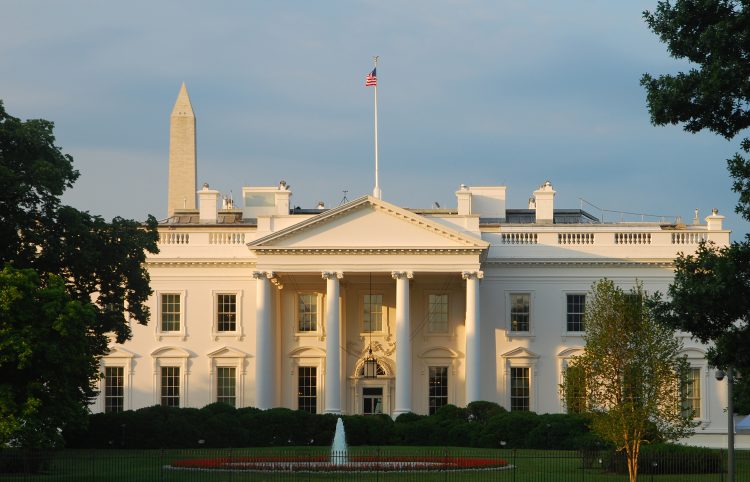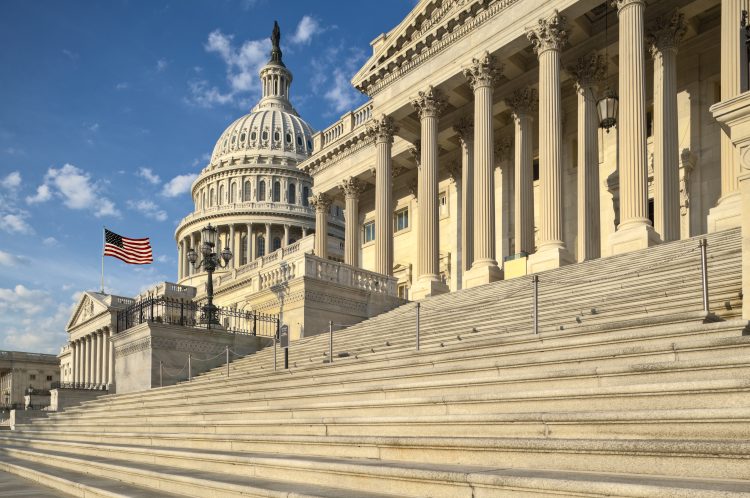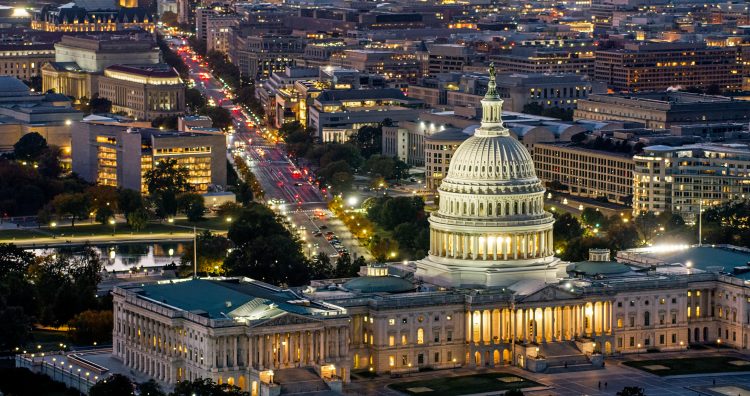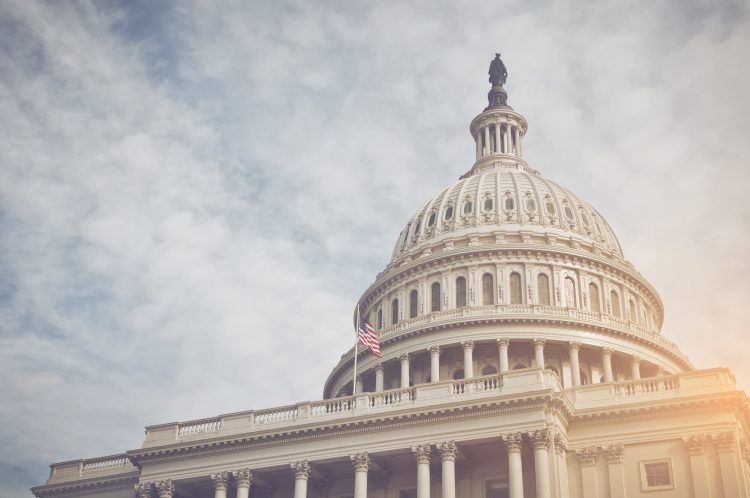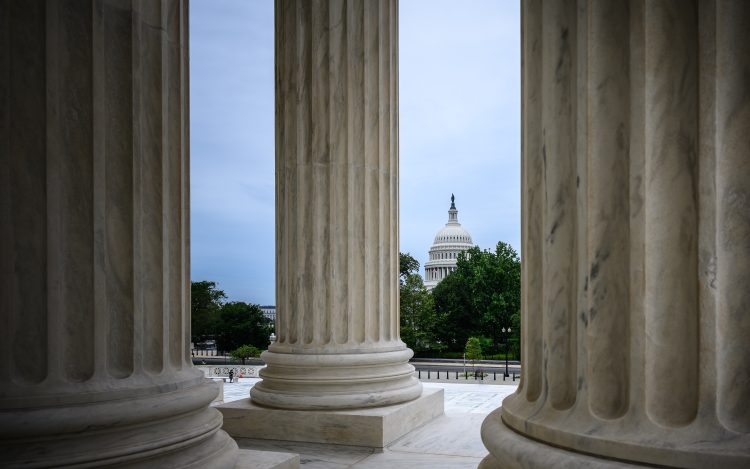This week on Facing the Future, we got more analysis on the 10 year federal budget and economic outlook recently released by the Congressional Budget Office (CBO). Our guest was Jeff Holland, Vice President of Research for the Peter G. Peterson Foundation. Prior to his role at the Peterson Foundation, Jeff was chief of the projections unit at CBO, responsible for overseeing publications such as the budget and economic outlook. Concord Coalition chief economist Steve Robinson joined me for that conversation.
We also took a look at the budget outlook through the lens of healthcare with Josh Gordon, director of Health Policy for the Committee for a Responsible Federal Budget. Specifically, we discussed the brewing controversy over the Medicare Advantage program that beneficiaries and health insurance companies like but Gordon says wastes billions of taxpayer dollars every year. Concord Coalition policy director Tori Gorman joined me for the conversation.
In a recent op-ed, I described the latest CBO 10-year budget and economic outlook as a gut punch, because it projects annual deficits averaging $2 trillion over the next decade, with no war, pandemic, or economic crisis leading to the enormous imbalance in budget outlays and federal revenue. Holland says though he expected significant deficit figures, he was very surprised to see the projected deficit for the coming year actually higher than it was last year, as higher pandemic spending levels are winding down.
“I would have expected last year’s to be larger because it included that really large nearly $400 billion adjustment based on the student loan forgiveness program that the administration put in place. So I thought ‘well that won’t be recorded again this year, so deficits should be lower,’” said Holland. “But it turns out that it’s actually projected to be a little higher. And there are a number of reasons for that, including lower remittances from the Federal Reserve based on the current interest rate situation, the lack of some receipts from spectrum auctions, more spending for the Pension Benefit Guaranty Corporation, and large increases in spending for Social Security and Medicare, although the Medicare increase was related to some pandemic programs. And an expectation of GDP growth this year that will be quite low. So I thought last year’s $1.4 trillion deficit was extremely high and I was hoping we’d have a couple of years of a little lower deficits to give us time to regroup, but apparently that’s not going to be the case.”
Holland says an open question is at what point the record budget deficits and growing debt service costs crowding out other federal spending and investment will start having a significant negative economic impact.
“Thankfully, Armageddon has not yet come to pass,” said Holland. “It does seem like there is a fair amount of money out there that’s willing to be invested in Treasury securities and a belief that Treasury securities are still safe, debt-limit conflict aside. Bringing our debt to GDP ratio up to 100% isn’t great, but we still may be a better option than securities that you would get from other countries, other regions. So maybe we look better in comparison. But what’s not clear is where that tipping point is. When we started looking at this, we would have thought 100% debt to GDP ratio would have been the tipping point, but there is no indication that any tipping is about to happen. But is it 120% of GDP? Is it when we exceed the previous high of 109%? That’s slated to happen in CBO’s projections in 2028. Is it something much higher? We don’t know. And when the tipping happens, it could happen quite quickly. And that’s the risk we don’t really want to take.”
Rising healthcare costs are a significant reason for higher budget deficits, because through programs such as Medicare, Medicaid, and the Affordable Care Act, the federal government is the single largest purchaser of health coverage in this country. Josh Gordon put it all in perspective for us.
“Other than interest on the debt, spending on healthcare programs is the major driver of this increase in federal spending over the longer term,” said Gordon. “When we think about Medicare, that increase in spending is driven by the aging of the population, more beneficiaries simply getting health care benefits. But also because of the growth of healthcare costs. Healthcare cost inflation tends to grow faster than inflation in the regular economy, and faster than economic growth. So you have these two problems combining to put pressure on the budget. This increase over the next 30 years is about what we spend today on the Defense Department. So, we’re adding an entire new Defense Department onto the federal budget just to pay for these growing healthcare costs.”
Overall federal spending on Medicare is actually projected to slow over the next decade, as a result of a provision of the Inflation Reduction Act enacted by Congress and President Biden last summer, capping the cost of some prescription drugs for beneficiaries. But one part of Medicare seeing some acute spending increases is the popular Medicare Advantage program that is administered by private health insurance companies. Gordon says there are some very common sense ways to cut wasteful spending in Medicare Advantage-solutions that the healthcare insurance industry is lobbying Congress very hard to oppose.
“Medicare advantage was originally designed to see whether private insurance companies can administer Medicare benefits more cheaply than traditional fee-for-service Medicare,” said Gordon. “Either by competition among the insurance companies, or by using insurance company tools like narrow networks of doctors or prior authorization, or other benefit management, if they could do that less expensively than the government. It’s one of the great budget travesties of the last 10 years, because we actually found that these private companies can provide benefits more cheaply. And they can do so while feeding some of those savings back into better benefits for dental, vision, and hearing insurance, lower premiums, lower out of pocket costs for beneficiaries. But the big problem is, the federal government has not shared in any of those savings. They’ve been plowed back into better benefits and into higher insurance company profits. Now, the government spends more to insure someone through Medicare Advantage than it does to insure someone through traditional Medicare.”
Hear more on Facing the Future. I host the program each week on WKXL in Concord N.H., and it is also available via podcast. Join our guests as we discuss issues relating to national fiscal policy with budget experts, industry leaders, and elected officials. Past broadcasts are available here. You can subscribe to the podcast on Spotify, Pandora, iTunes, Google Podcasts, Stitcher, or with an RSS feed. Follow Facing the Future on Facebook, and watch videos from past episodes on The Concord Coalition YouTube channel.
Continue Reading
